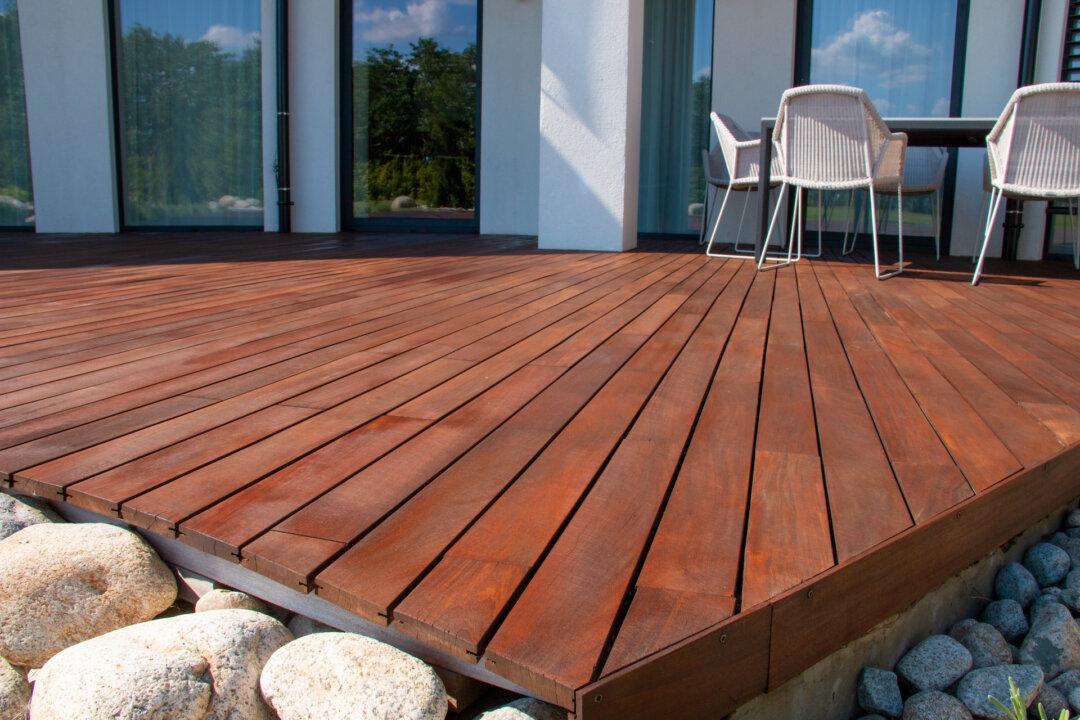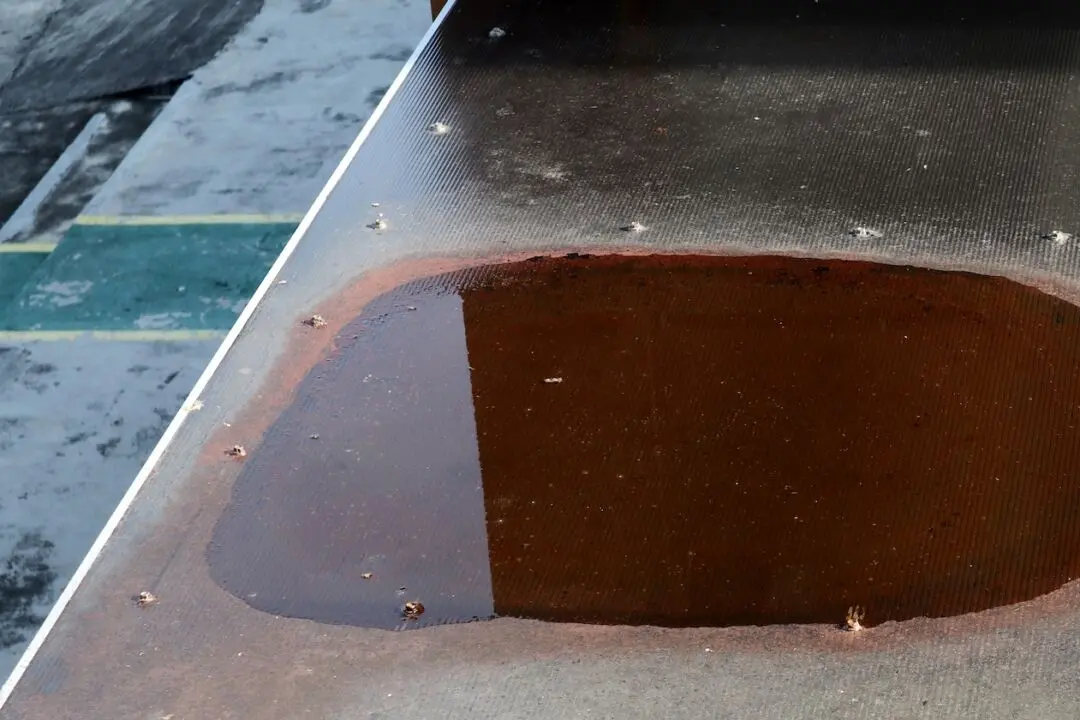Dear James: The beautiful dark stain that I put on my wood deck a few years ago is starting to peel off. How can I repair those spots and keep more spots from peeling?—Ken N.
Dear Ken: That type of dark stain does look great when first applied. The unfortunate news is that it is probably going to continue to peel, and each year, there will be more spots. It also fades from the sun over time, so the repaired spots would not match the rest of the deck.





